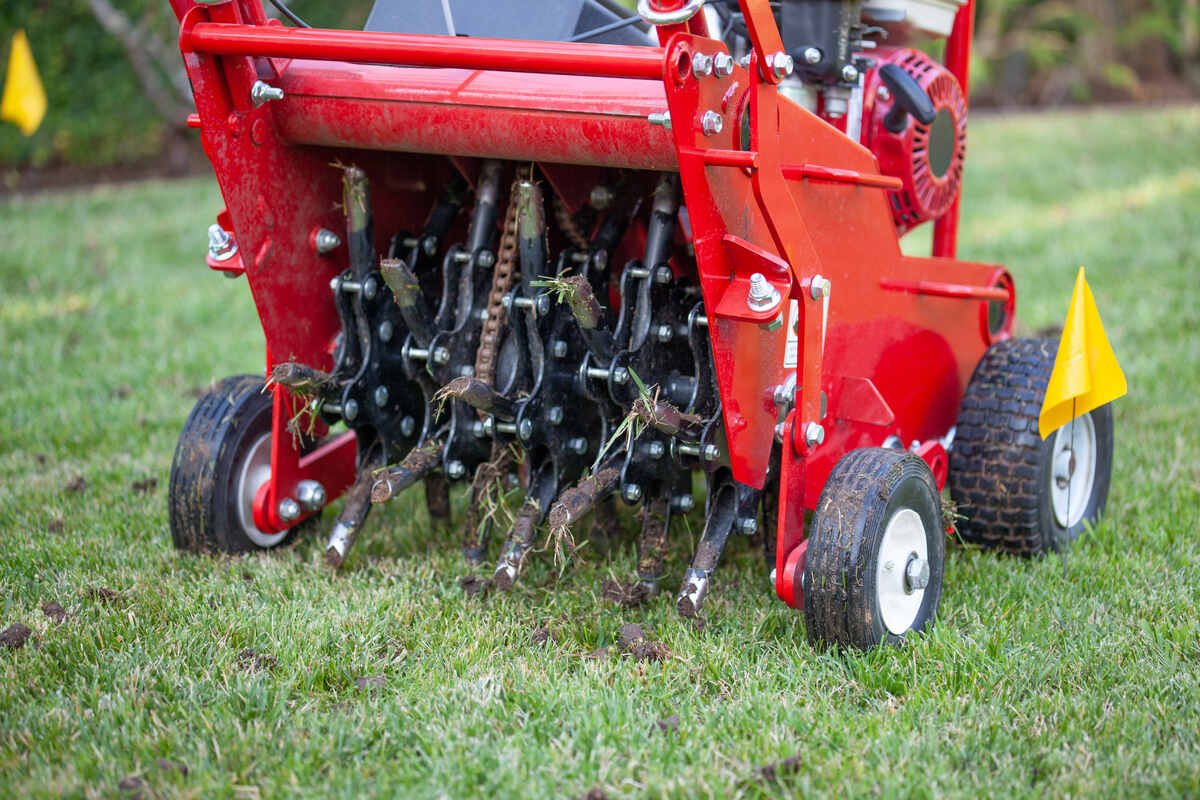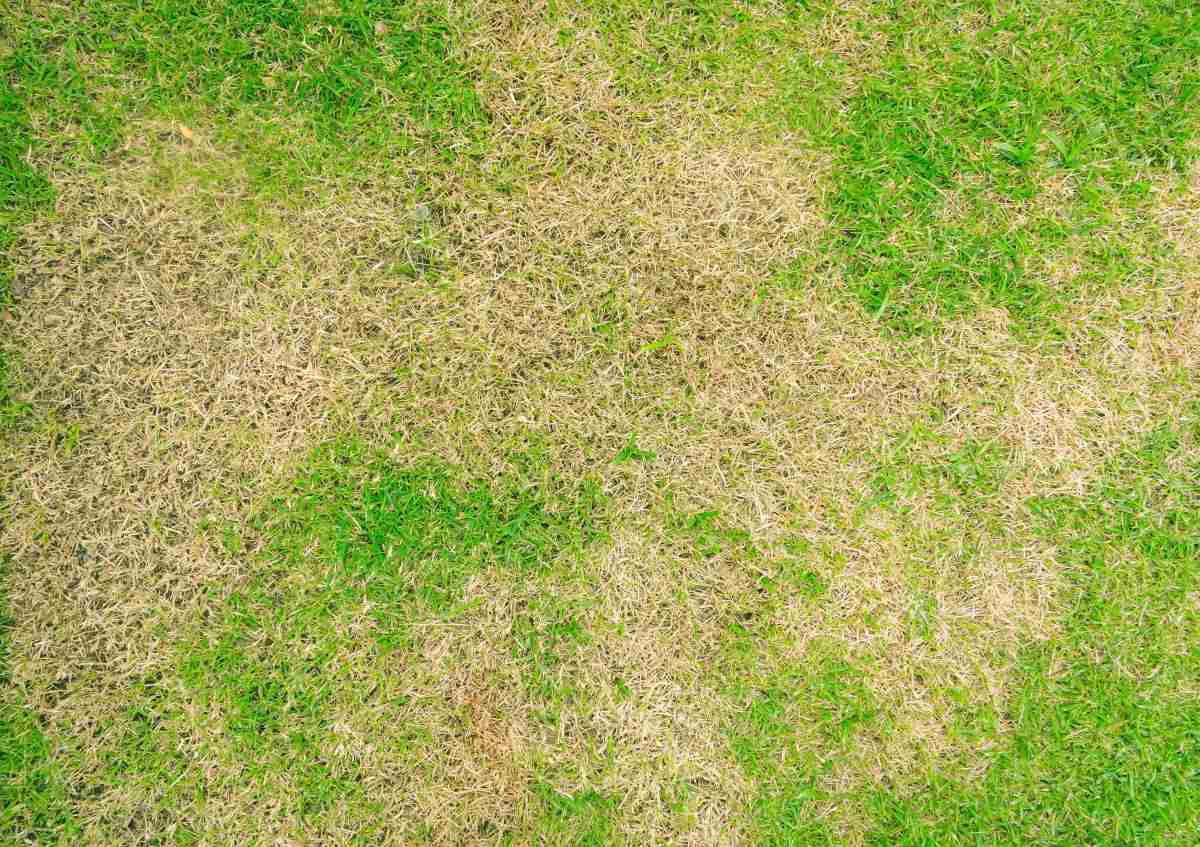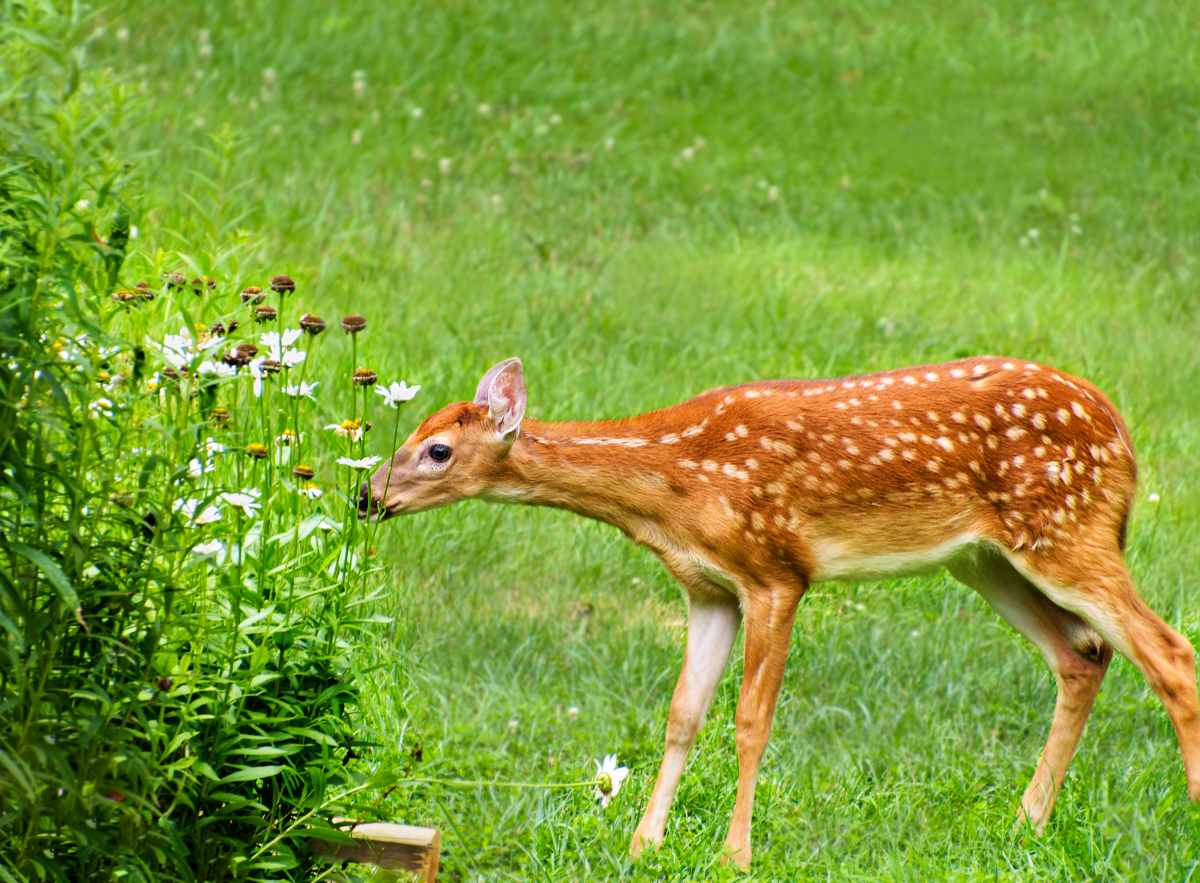
Aeration allows air, water, and nutrients to reach the grass roots. The trick is to do it when your lawn is actively growing. Let’s take a closer look at when to aerate your New Jersey lawn.
The best time for aerating cool-season grasses is early fall (mid-August to mid-October). This prepares your lawn to be strong throughout the winter. Dealing with heavy or clay soil? An early springtime (around March to early April) aeration might also do wonders.
However, for those rare warm-season grasses in New Jersey’s transitional areas, late spring or early summer (mid-May through June) is the ideal time for aeration.
Best Time to Aerate Your Grass in New Jersey
For your lawn to recover quickly after aeration, it’s essential that you choose a time when the grass is growing actively. This way, the small holes created during the process will soon be filled with new, healthy grass.
Here’s a rundown of the best times:
Early Fall Aeration (Cool Season Grass)

In New Jersey, many lawns have cool-season grasses like Kentucky bluegrass or fescue. These types of grass grow best when it’s cooler, not too hot or too cold. That’s why the beginning of fall – somewhere between mid-August and mid-October – is a great time for aerating your lawn.
Other reasons why fall is the optimal time in New Jersey include:
- Soil temperatures are dropping below 70°F, which is ideal for root growth
- Reduced weed competition compared to spring (if overseeding)
- Helps reduce thatch buildup
- Establishes deeper, stronger root systems before winter sets in
- Prepares for vigorous growth in the following spring
*Note: Due to varying climates across New Jersey’s hardiness zones (6a to 7b), your precise location may shift these timelines slightly.
Regional Considerations:
- Northern and Central New Jersey: Mid-August to early October is often best for aeration. Temperatures start to drop, but there’s enough time for grass roots to recover before the first frost.
- Southern New Jersey: You have a bit more flexibility here, with the aeration window extending to mid-October in most areas due to slightly warmer temperatures.
Early Spring Aeration (Cool Season Grass)
While fall is the recommended aeration time for cool-season grasses in New Jersey, some lawns also might benefit from early springtime aeration (around March to April). This is especially true if:
- A harsh winter has resulted in lawn damage or soil compression
- Your lawn has heavy clay soil, which tends to get compact
- The area gets high-traffic
- There’s uneven grass growth after winter
- Missed the fall aeration session
*Note: Wait until two weeks after the last frost to aerate. Ensure the soil feels warmer, around 50 to 55 degrees Fahrenheit, and the grass is growing. Starting too early could harm tender new shoots.
Late Spring to Early Summer (Warm Season Grass)

In New Jersey, it’s pretty rare, but some homeowners do have warm-season grasses like Zoysiagrass, especially in southern and coastal regions. If your lawn is one of them, the best time to aerate is in late spring to early summer. Think about doing this around mid-May through June.
This time of year is when these types of grasses start actively growing. They can quickly fill in the small holes left by aeration before the really hot summer weather arrives.
Pro Tips:
- It’s important not to aerate during hot summer days or when there’s drought. Doing so can stress out your lawn and might even cause damage that’s hard to fix.
- You can aerate during the entire warm-season grass-growing period, which sometimes extends into early September. But be careful not to do it too late; there should be enough growing season left (at least three to four weeks) for the grass to recover.
*Note: In southern and coastal New Jersey, warm-season grasses become dormant with the first frost, or when temperatures fall constantly below 50°F, around late October or early November.
Schedule Your Aeration Service

Once you’ve figured out the best season to aerate based on your grass type and climate zone in New Jersey, it’s good to plan ahead. Because timing is everything with lawn maintenance, marking your calendar can help you avoid missing the aeration optimal window.
Consider these steps to schedule your lawn aeration day effectively:
- Check your lawn’s condition: Before anything else, assess the conditions of your lawn. Look for signs that suggest it needs aeration – like water puddling after rain, hard soil, or uneven growth patterns.
- Monitor the weather: New Jersey weather can be unpredictable. Check the forecast and try to choose a period of mild weather without any predicted extreme conditions (heavy rain, drought, heat waves).
- Prepare your lawn: A few days before scheduled aeration, water your lawn deeply but not excessively. This helps the aerator tines penetrate the soil more easily.
- Aerate early in the morning: If DIY, start early in the morning when it’s cooler. This is less stressful on your lawn and makes the work easier for you, especially during warmer seasons.
If you’re unsure about aerating or what comes next, check out our complete guides:
FAQ About When to Aerate Your New Jersey Lawn
Should I seed after aeration?
Yes, overseeding right after aeration (within 48 hours) is recommended. This is because the holes provide direct paths for the seeds to make contact with the soil, improving germination rates.
Check our these guides for more information:
Should I fertilize before aerating?
It’s best to apply fertilizer after aeration, not before. Fertilizing directly after aerating allows the nutrients to reach deeper into the soil and closer to the grass roots, promoting healthier growth. Here is our complete guide on “How to Fertilize Your Lawn.”
How often should I aerate my lawn in New Jersey?
For most New Jersey lawns, aerating once a year is sufficient. However, if your lawn has heavy clay soil or experiences high foot traffic, consider aerating twice – in both spring and fall. Always assess the condition of your lawn each season to decide if it needs aeration.
Hire a Local Lawn Care Pro
Aerating your lawn at the optimal time ensures it remains healthy, strong, and ready to withstand challenges of changing seasons. Early fall is generally the best time for cool-season grasses, while late spring to early summer suits warm-season types.
If doing it yourself seems hard, think about hiring a professional. Whether your home is closer to Morristown or down near Cape May, LawnStarter connects you with top-rated lawn care pros in your area who know exactly when and how to aerate New Jersey lawns for the best results.
More Lawn Care and Landscaping Resources for New Jersey:
- 10 Great Perennials for Your New Jersey Landscape
- Best Grass Seed for New Jersey
- Most Common Lawn Weeds in New Jersey
- When Should I Plant Grass Seed in New Jersey?
Main Image Credit: Surfin_Rox / Adobe Stock




